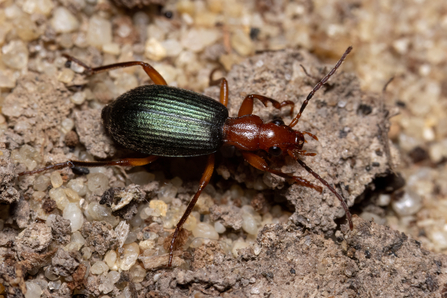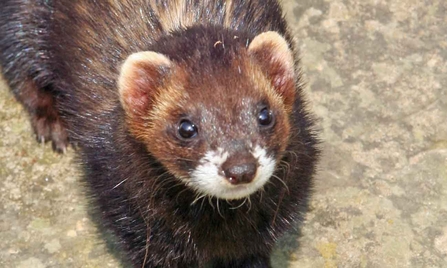For me, May began when I led a guided walk on International Dawn Chorus Day surrounded by the songs of 25 bird species. Nine warbler species filled the Fen soundscape for us, and we had great views of cuckoo, garden warbler and hairy dragonfly.
Despite the changeable weather this month, we have had plenty of records of dragonflies on the wing, including a special one. The Norfolk hawker has been on the move for some years now and is no longer confined to its more local residence at Paxton Pits Nature Reserve. It has been seen a few times in the Great Fen in recent years, and has already been spotted this year, on the Northern Loop. I was overjoyed to have one in my back garden last week, the distinctive yellow triangle between the wings confirming its identification. With 30DaysWild starting tomorrow, what will you get in your garden?




